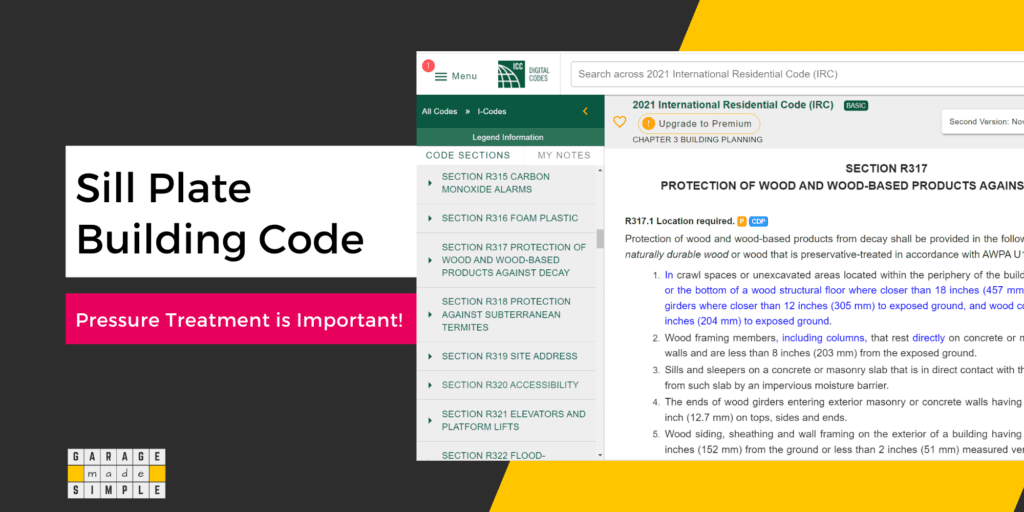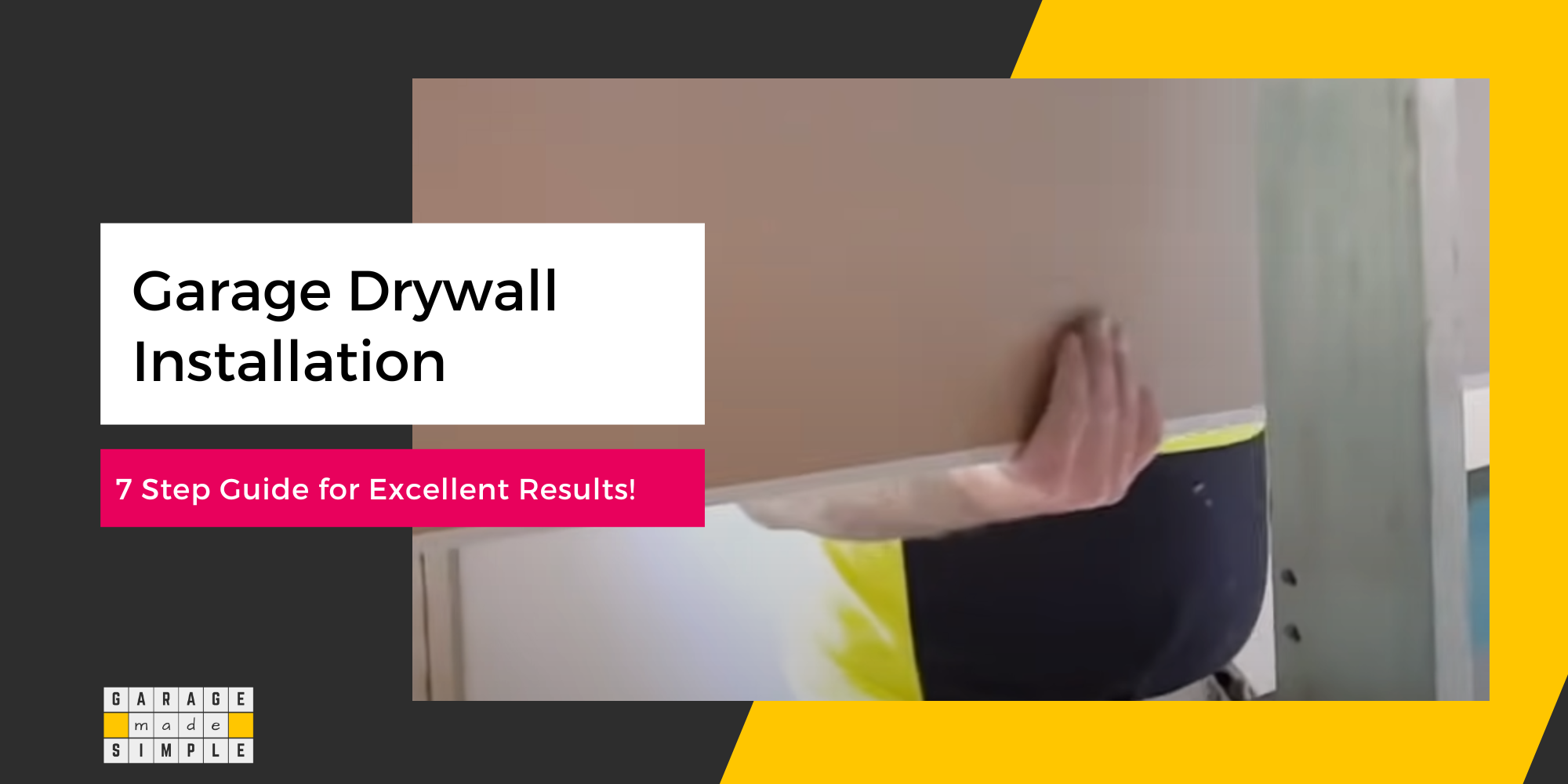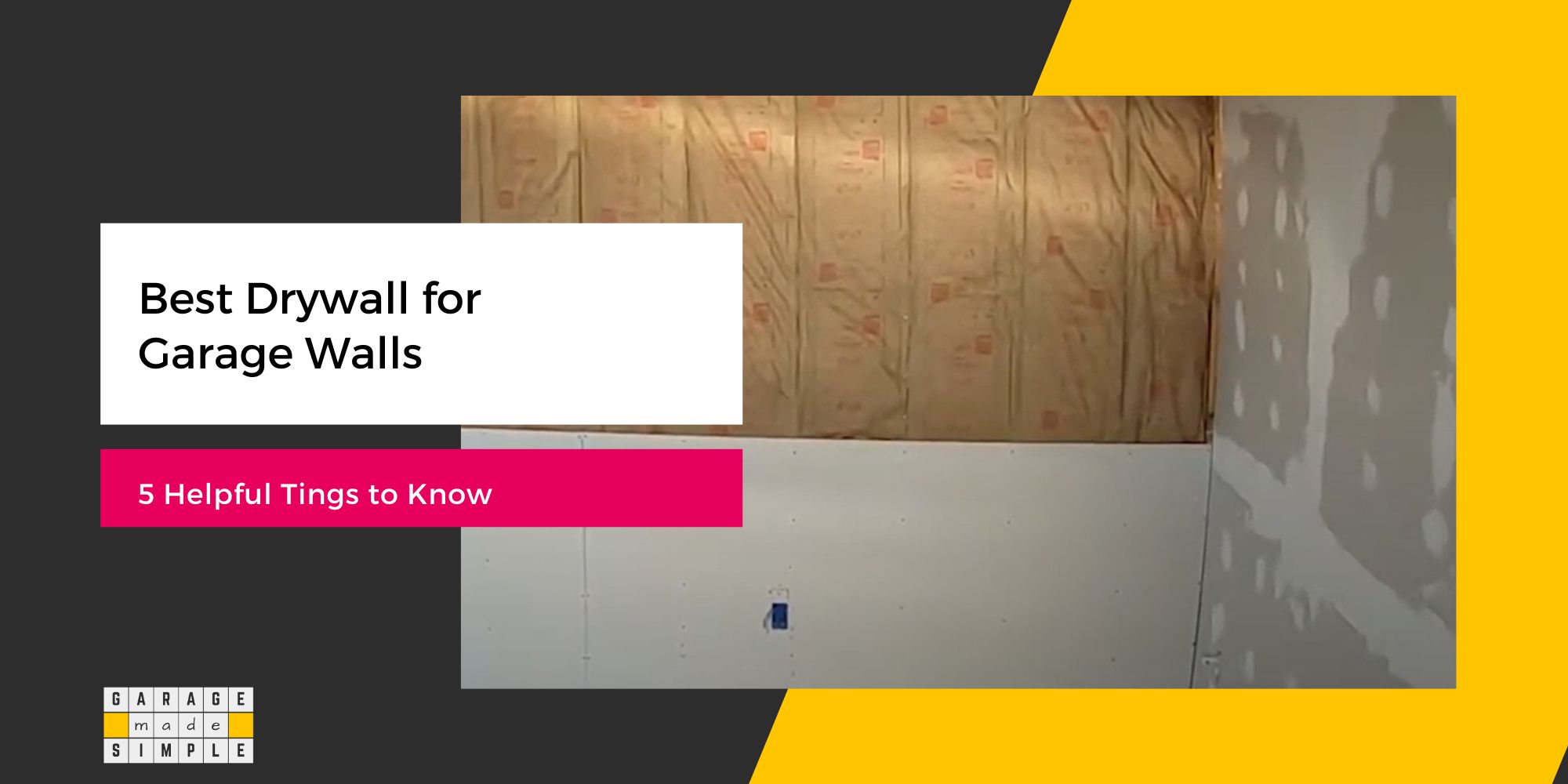Sill Plate Building Code: Why Pressure Treatment is so Important?
garagemadesimple.com is a participant in the Amazon Services LLC Associates Program, an affiliate advertising program designed to provide a means for sites to earn advertising fees by advertising and linking to Amazon.com . The website is also an affiliate of a few other brands.
Does a Sill Plate Need to be Pressure Treated?
When you build a garage with a concrete slab-on-grade foundation, you will need to have sill plates, which are anchored to the concrete slab. The wall frame is nailed onto the sill plates. So what is the Sill Plate Building Code? Does the sill plate need to be pressure treated?
The International Residential Code has a sill plate building code which requires it to be pressure treated wood. This is essential to protect the entire wood framework of the garage from rot & decay.
If the sill plate is not pressure treated, moisture from the ground will seep into the concrete slab, the sill plate and ultimately the entire garage structure. Damp wood rots, decays and falls apart.
A pressure treated sill plate also protects against termites, carpenter ants and other wood eating insects.
The entire load of the garage roof and walls rests on the sill plate before it is transmitted to the foundation. A sill plate made from untreated wood will not be able to withstand the elements and pests. You may have to make costly repairs to the entire garage superstructure and not just to the sill plate.
A rotting or decaying sill plate can cause the entire garage to become unstable, putting the safety of anyone inside at risk.

It is essential to use pressure treated wood for the sill plate to ensure compliance with the sill plate building code and to protect the integrity of the garage structure.
What Exactly is the Sill Plate Building Code?
The International Residential Code applies to all detached one and two family homes. Local building authorities, either adopt the code verbatim or adapt it, retaining the spirit of the provisions.
Section R317 of 2021 International Residential Code (IRC) deals with PROTECTION OF WOOD AND WOOD-BASED PRODUCTS AGAINST DECAY. It starts off by listing the locations where protection is required. Among the list of 9 locations the 3rd one reads:
Sills and sleepers on a concrete or masonry slab that is in direct contact with the ground unless separated from such slab by an impervious moisture barrier.
The following Section R317.1.2 specifies that the protection shall be provided by the use of “approved pressure-preservative-treated wood suitable for ground contact use”.
All wood in contact with the ground, embedded in concrete in direct contact with the ground or embedded in concrete exposed to the weather that supports permanent structures intended for human occupancy shall be approved pressure-preservative-treated wood suitable for ground contact use, except that untreated wood used entirely below groundwater level or continuously submerged in fresh water shall not be required to be pressure-preservative-treated.
Some terminology in the code may lead to a bit of confusion. For example, should a sill plate be of pressure treated wood if there is an impervious moisture barrier between the sill plate and the concrete slab-on-grade foundation?
My answer is:
- Be conservative and use pressure treated wood for sill plates anyway OR
- Check and comply with the interpretation of the local building authorities
How Can You Tell If Sill Plate Has Been Pressure Treated?
Here are a few tips for identifying if a sill plate has been pressure treated or not:
- Look for a stamp or label: Pressure-treated lumber is often stamped or labeled with a mark indicating that it has been treated. This mark is usually located on the end of the board or on the edge.
- Check the color of the wood: Pressure-treated wood is usually a greenish color, this is due to the copper-based preservatives used in the treatment process.
- Check the weight of the wood: Pressure-treated wood is denser than untreated wood, so it will be heavier.
- Check for signs of decay: Pressure treated wood is unlikely to be showing signs of rot or decay.
- Ask the supplier or contractor: If in doubt, you can always ask the supplier or contractor if the wood used is pressure-treated.
I do hope that the above clarifies your queries regarding sill plate building code. Should you want to know more about sill plate check out my earlier article What Is The Point Of A Garage Sill Plate?
Thank you very much for reading the post. I do hope you found it informative and useful.





